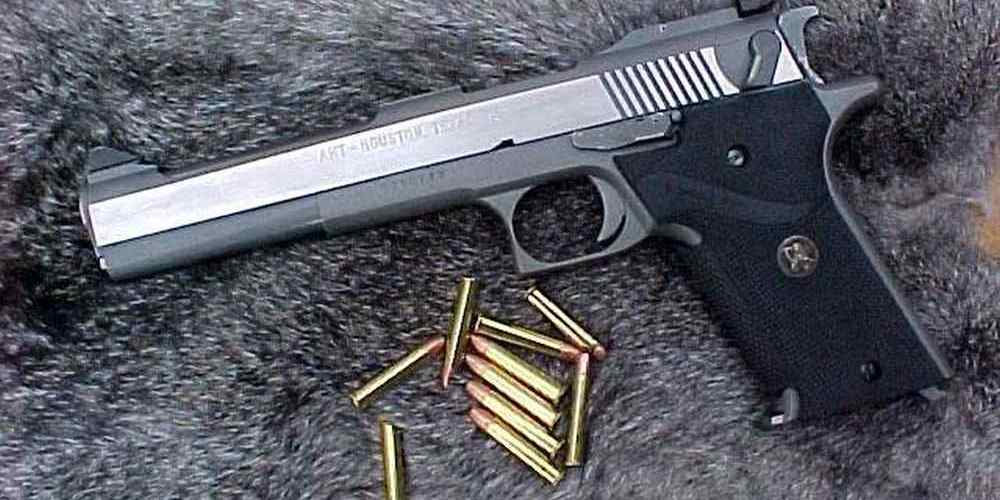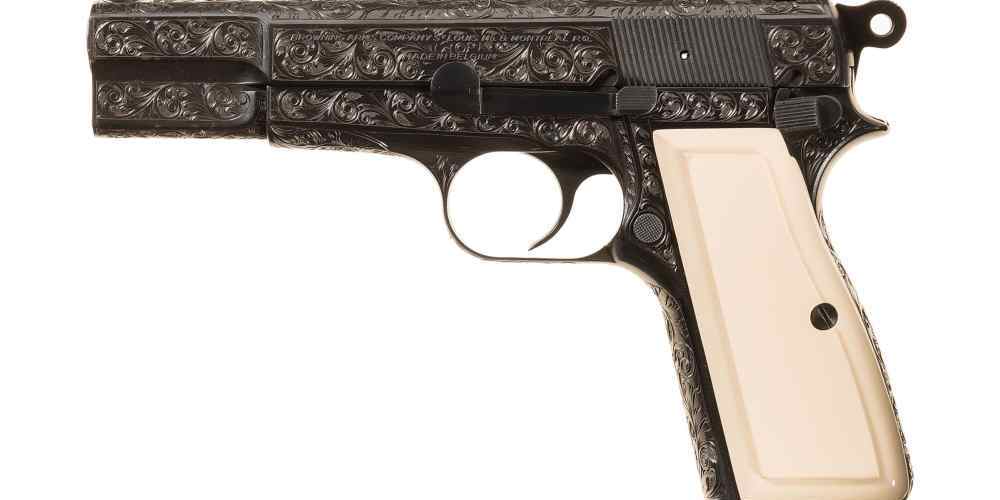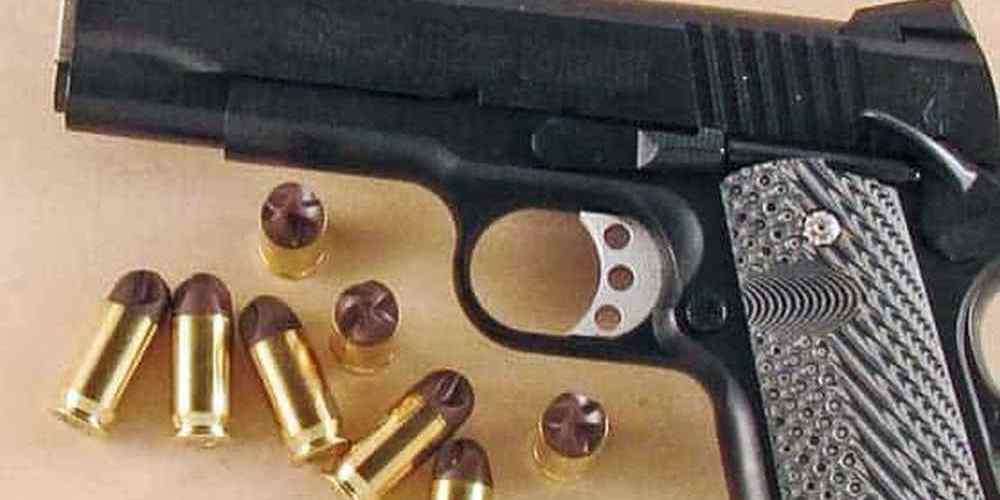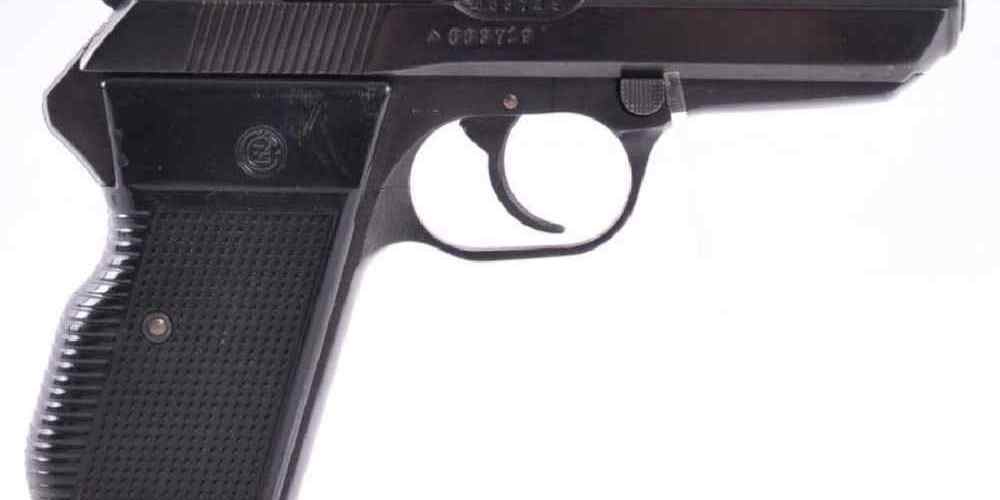“Find your perfect balance with Recoil vs. Main Spring Adjustments.”
Recoil Management Techniques for Improved Accuracy
When it comes to improving accuracy in shooting, recoil management is a crucial aspect that cannot be overlooked. Recoil, the backward movement of a gun when it is fired, can greatly affect your ability to stay on target and deliver accurate shots. One way to mitigate the effects of recoil is by adjusting the main spring of your firearm.
The main spring is a critical component of a gun’s firing mechanism, responsible for storing and releasing energy to propel the bullet forward. By adjusting the tension of the main spring, you can control the speed at which the slide or bolt cycles, which in turn affects the amount of recoil generated. A stiffer main spring will slow down the cycling process, reducing felt recoil, while a lighter main spring will allow for faster cycling and potentially more recoil.
Finding the right balance between a stiff and light main spring is key to achieving optimal recoil management. Too stiff of a main spring can lead to malfunctions such as failure to feed or eject, while too light of a main spring can cause excessive recoil and impact accuracy. It is important to experiment with different main spring tensions to find the sweet spot that works best for your specific firearm and shooting style.
In addition to adjusting the main spring, another effective way to manage recoil is by making adjustments to the recoil spring. The recoil spring is responsible for absorbing and redirecting the energy generated by the firing of a round, helping to reduce the amount of felt recoil. By changing the weight or length of the recoil spring, you can fine-tune the amount of recoil your firearm produces.
A heavier recoil spring will absorb more energy and slow down the slide or bolt, reducing felt recoil. On the other hand, a lighter recoil spring will allow for faster cycling and potentially more recoil. Like with the main spring, finding the right balance between a heavy and light recoil spring is crucial for optimal recoil management.
When making adjustments to the main spring and recoil spring, it is important to keep in mind the overall function of your firearm. Different guns have different tolerances and requirements when it comes to spring tension, so it is important to consult with a gunsmith or manufacturer before making any changes. Additionally, regular maintenance and inspection of your springs is essential to ensure they are functioning properly and not worn out.
In conclusion, recoil management is a critical aspect of improving accuracy in shooting. By adjusting the main spring and recoil spring of your firearm, you can fine-tune the amount of recoil generated and achieve better control over your shots. Finding the right balance between a stiff and light main spring, as well as a heavy and light recoil spring, is key to achieving optimal recoil management. Remember to consult with a professional before making any adjustments and to regularly maintain your firearm’s springs for optimal performance.
Understanding Main Spring Tension and Its Impact on Recoil
When it comes to firearms, understanding the balance of power between recoil and main spring adjustments is crucial for achieving optimal performance. Recoil, the backward force generated when a gun is fired, can greatly affect accuracy and control. Main spring tension, on the other hand, plays a key role in how the gun functions and cycles. By adjusting the main spring tension, shooters can fine-tune their firearm to reduce recoil and improve overall shooting experience.
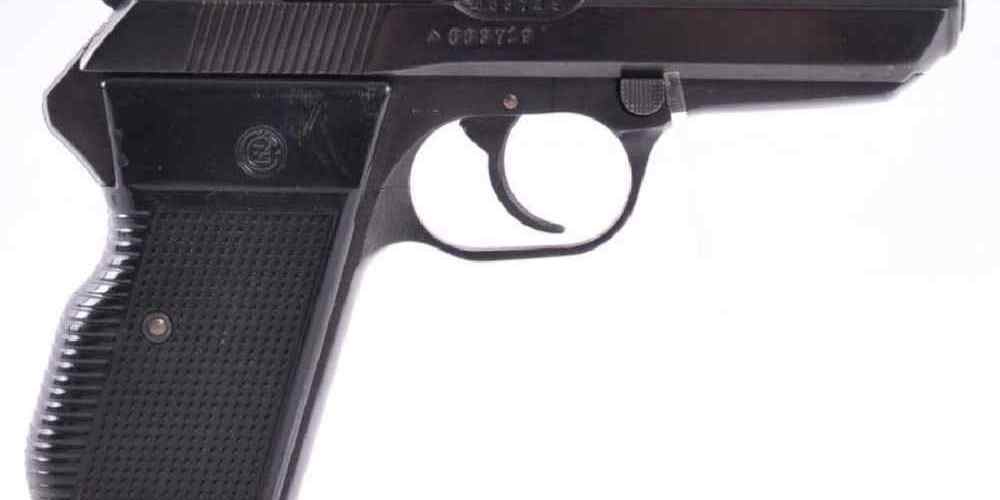
Main spring tension refers to the amount of force required to compress or cock the spring within the gun. A higher tension main spring will result in a harder trigger pull, while a lower tension main spring will make the trigger pull lighter. This adjustment can have a significant impact on how the gun cycles and how it feels to shoot. By finding the right balance of main spring tension, shooters can achieve a smoother trigger pull and better control over recoil.
When it comes to recoil, the force generated by the gun when fired can be a major factor in accuracy and control. Recoil can cause the gun to jump or move off target, making it difficult to maintain accuracy. By adjusting the main spring tension, shooters can help reduce the amount of recoil felt when firing the gun. A lighter main spring tension can help absorb some of the recoil energy, making it easier to stay on target and improve accuracy.
Finding the right balance between main spring tension and recoil can be a delicate process. Shooters must consider their shooting style, the type of firearm they are using, and their personal preferences when making adjustments. It may take some trial and error to find the perfect balance, but the results can be well worth the effort.
One important factor to consider when adjusting main spring tension is the type of ammunition being used. Different types of ammunition can generate varying levels of recoil, so shooters may need to adjust their main spring tension accordingly. For example, a shooter using a lighter load may want to decrease the main spring tension to help absorb more recoil, while a shooter using a heavier load may want to increase the tension to ensure proper cycling of the gun.
In addition to main spring tension, shooters can also make other adjustments to help reduce recoil. Adding a muzzle brake or compensator to the gun can help redirect some of the recoil energy, making it easier to control. Using a heavier gun or adding weight to the gun can also help reduce felt recoil. By combining these adjustments with the right main spring tension, shooters can achieve a more comfortable shooting experience and improved accuracy.
In conclusion, understanding the balance of power between recoil and main spring adjustments is essential for achieving optimal performance with a firearm. By fine-tuning main spring tension and making other adjustments to help reduce recoil, shooters can improve accuracy, control, and overall shooting experience. Finding the right balance may take some time and experimentation, but the results can lead to a more enjoyable and successful shooting experience.
Balancing Recoil and Main Spring Adjustments for Optimal Performance
When it comes to optimizing the performance of a firearm, finding the perfect balance between recoil and main spring adjustments is crucial. Recoil, the backward movement of a gun when it is fired, can greatly affect accuracy and control. On the other hand, the main spring is responsible for powering the firing mechanism of the gun. By adjusting these two components, shooters can fine-tune their firearms to achieve optimal performance.
One of the key factors to consider when balancing recoil and main spring adjustments is the type of firearm being used. Different types of guns, such as pistols, rifles, and shotguns, have varying levels of recoil and require different main spring adjustments. For example, pistols typically have more recoil than rifles, so shooters may need to adjust the main spring to compensate for this increased recoil.
Another important consideration is the shooter’s skill level and experience. Novice shooters may struggle to control a firearm with high recoil, while experienced shooters may be able to handle it more effectively. By adjusting the main spring to reduce recoil, novice shooters can improve their accuracy and control, while experienced shooters may prefer a higher level of recoil for better performance.
In addition to the type of firearm and shooter’s skill level, environmental factors can also impact the balance between recoil and main spring adjustments. For example, shooting in cold weather can cause the main spring to stiffen, leading to increased recoil. By adjusting the main spring to compensate for these environmental factors, shooters can maintain optimal performance in any conditions.
When making recoil and main spring adjustments, it is important to start with small changes and test the firearm before making further adjustments. This allows shooters to gradually fine-tune their firearms without making drastic changes that could negatively impact performance. Additionally, shooters should keep detailed records of their adjustments and performance to track improvements over time.
Transitional phrases such as “in addition,” “on the other hand,” and “another important consideration” can help guide readers through the article and connect ideas smoothly. By using these transitional phrases, writers can ensure that the content flows logically and keeps readers engaged.
In conclusion, finding the perfect balance between recoil and main spring adjustments is essential for optimizing the performance of a firearm. By considering factors such as the type of firearm, shooter’s skill level, and environmental conditions, shooters can fine-tune their firearms to achieve optimal accuracy and control. Starting with small adjustments and keeping detailed records can help shooters track their progress and make further improvements over time. With the right balance of recoil and main spring adjustments, shooters can take their performance to the next level.
The Role of Recoil vs. Main Spring Adjustments in Competitive Shooting
Competitive shooting is a sport that requires precision, accuracy, and control. Every aspect of a shooter’s equipment can impact their performance, including the recoil and main spring adjustments on their firearm. Understanding the balance of power between these two components is crucial for achieving optimal results on the range.
Recoil is the backward movement of a firearm when it is fired. This force can affect a shooter’s accuracy and control, making it essential to manage and control recoil to maintain consistent and accurate shots. Recoil adjustments can be made by changing the weight of the firearm, the type of ammunition used, or by adding a compensator or muzzle brake to reduce the impact of recoil.
On the other hand, the main spring of a firearm is responsible for controlling the speed and force with which the firing pin strikes the primer of a cartridge. Adjusting the main spring tension can impact the velocity and energy of the bullet, as well as the overall performance of the firearm. By fine-tuning the main spring, shooters can achieve a balance between power and control, allowing for more consistent and accurate shots.
Finding the right balance between recoil and main spring adjustments is crucial for competitive shooters looking to improve their performance. Too much recoil can lead to decreased accuracy and control, while too little recoil can result in a lack of power and energy in the bullet. By making small adjustments to both the recoil and main spring settings, shooters can find the perfect balance that suits their individual shooting style and preferences.
Transitional phrases such as “on the other hand” and “by fine-tuning” can help guide the reader through the complexities of recoil and main spring adjustments. These adjustments are not one-size-fits-all and may require experimentation and practice to find the optimal settings for each shooter. It is essential for competitive shooters to understand the role of recoil and main spring adjustments in their performance and to make informed decisions when making changes to their firearms.
In conclusion, the balance of power between recoil and main spring adjustments is a critical factor in competitive shooting. By understanding how these components work together to impact accuracy, control, and power, shooters can make informed decisions when fine-tuning their firearms. Finding the right balance between recoil and main spring adjustments can lead to improved performance on the range and a competitive edge over opponents. With practice, experimentation, and a keen eye for detail, shooters can achieve the perfect balance of power for their individual shooting style and preferences.
Tips for Fine-Tuning Recoil and Main Spring Adjustments for Different Firearms
When it comes to fine-tuning your firearm for optimal performance, one of the key factors to consider is the balance of power between the recoil and main spring adjustments. These two components play a crucial role in how your firearm functions, and making the right adjustments can make a significant difference in your shooting experience.
Recoil is the backward movement of a firearm when it is fired. It is caused by the force of the bullet being expelled from the barrel, and can affect the accuracy and control of your shots. By adjusting the recoil spring, you can control the amount of force that is absorbed when the gun is fired, which can help reduce muzzle rise and improve your overall shooting experience.
On the other hand, the main spring is responsible for powering the firing pin or hammer in a firearm. By adjusting the tension of the main spring, you can control the speed and force with which the firing pin strikes the primer, which can affect the reliability and consistency of your shots.
Finding the right balance between the recoil and main spring adjustments is essential for achieving optimal performance with your firearm. If the recoil spring is too stiff, it can cause excessive muzzle rise and make it difficult to stay on target. On the other hand, if the recoil spring is too light, it can cause the slide to cycle too quickly, leading to malfunctions and reduced accuracy.
Similarly, if the main spring tension is too high, it can cause the firing pin to strike the primer with too much force, which can lead to misfires and other reliability issues. Conversely, if the main spring tension is too low, it can cause light primer strikes and failures to ignite the cartridge.
To find the right balance of power between the recoil and main spring adjustments, it is important to experiment with different settings and observe how they affect the performance of your firearm. Start by making small adjustments to the recoil spring tension and main spring tension, and test the firearm to see how it performs.
Pay attention to how the gun feels when you fire it, and how well it stays on target. If you notice excessive muzzle rise or inconsistent firing pin strikes, you may need to adjust the recoil or main spring tension accordingly.
It is also important to consider the type of ammunition you are using when making recoil and main spring adjustments. Different types of ammunition can produce varying levels of recoil and pressure, which can affect how your firearm functions. Be sure to test your firearm with different types of ammunition to find the best balance of power for your specific setup.
In conclusion, finding the right balance of power between the recoil and main spring adjustments is essential for achieving optimal performance with your firearm. By experimenting with different settings and paying attention to how they affect the performance of your gun, you can fine-tune your firearm for improved accuracy, reliability, and overall shooting experience.




